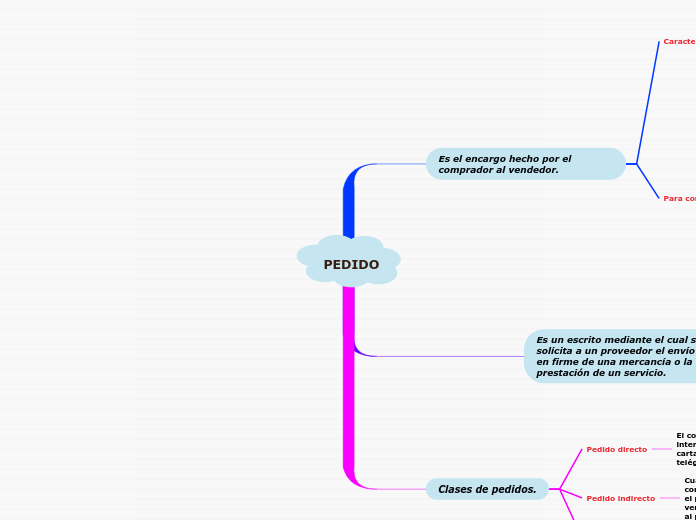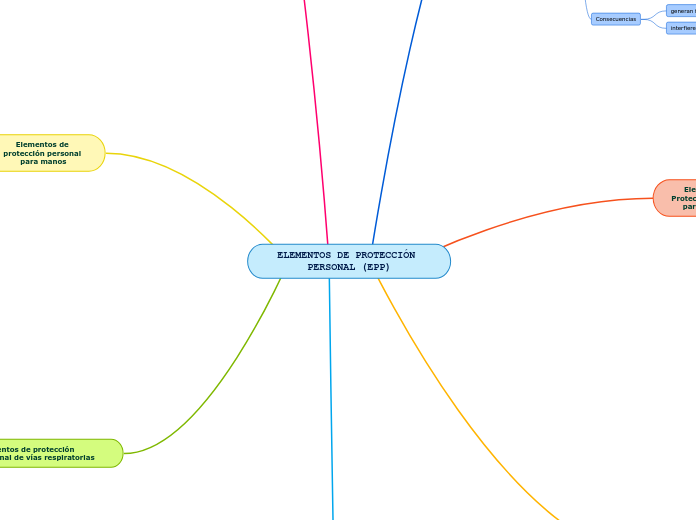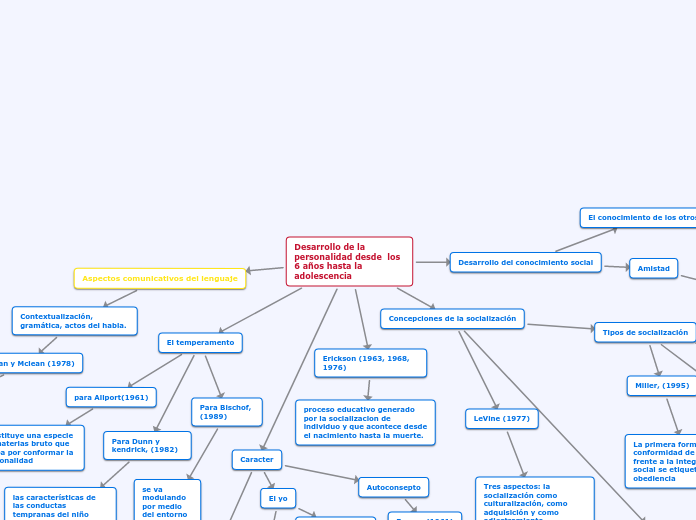PEDIDO
To name your story, you have to think about the overall message and what you want your audience to understand from the story. Also, make it relevant and easy to remember.
Clases de pedidos.
The middle of the story is where you add layers of complications that will lead to the end. Reveal more about the character's journey. Did their personality go through changes? How did they overcome the challenges? And as you build up the story’s central conflict, make it more personal to that character. Also, from the middle act, you have to lead into the final act.
Pedido condicional
There wouldn't be any tension and excitement in your story if there weren't any obstacles in your character's way.
Es el que necesita en alguno de sus apartados una posterior aprobación.
A story is nothing more than a character overcoming a series of difficulties to reach the desired goal. Obstacles usually create suspense and conflict. In overcoming obstacles, there is growth: weak becomes strong; hatred turns into love; sadness into happiness; wrong into right; lies into truth; or evil becomes good.
See a few examples below:
- stopping a meteor
- finding a killer
- finding love
Pedido indirecto
Your character(s) need(s) motivation in order to solve the challenge(s).
Cuando entre el proveedor y el comprador existe un mediador que cubre el pedido, representa a la casa vendedora y lo envía junto con una carta al proveedor.
Secondary characters might also have motives that lead them to cross paths with the main character or which might trigger them to help the main character.
Pedido directo
Each story has a main character and that character usually needs to solve a problem or challenge. The character's challenge is the one that creates tension throughout the story.
El comprador realiza sin ningún intermediario, es decir, por medio de una carta de pedido, telefónicamente, telégrafo, etc.
In most stories, there are 3 challenges. The number 3 is a mystical number symbolizing completeness. Try to come up with interesting challenges with which your character needs to struggle.
See a few examples below:
- turns into a werewolf at night
- is sent back in time
Es un escrito mediante el cual se solícita a un proveedor el envío en firme de una mercancía o la prestación de un servicio.
Es el encargo hecho por el comprador al vendedor.
In the beginning of the story (or the exposition), you will need to introduce the setting and characters. You might also want to introduce the main conflict. This part of the story is important because it gives the reader necessary background information and maybe even a first insight into a character’s personality.
Para confeccionar una carta de pedido
The setting (time & place) of a story can change throughout the plot.
Forma de pago.
Al contado, a 30,60 o 90 días desde la fecha de la factura,etc.
Penalización
Si no se cumplen los plazos o por el motivo estipulado.
Plazo de entrega del pedido.
Fecha en que se realiza el envío, o fechas, si éste es fraccionado.
Lugar donde se hará la entrega.
Precio de coste, recargos sobre ese precio, gastos de transporte,etc.
Sensory details include sight, sound, touch, smell, and taste. These details are important because they create depth in your setting.
See a few examples below:
- the smell of fresh bread
- the scent of freshly cut grass
- rain falling onto the windshield etc.
Cantidad de mercancía expresada en unidades de venta.
The weather is an important element in your story because it can highly influence the ambiance and the mood of the characters.
Denominación de la mercancía
The time of the story can also change. It can describe the event of a single day or can include an entire year's plot. Anyway, don't forget to mention it.
La presentación debe ser clara
Your story can take place wherever your imagination will take you to.
For example: in an elevator, in an enchanted forest, etc. Don't forget to give details of the environment each time the setting changes, otherwise, the story can be confusing. Also, mention the seasons as each of them has unique weather and events.
Características
Characters are essential to a good story. Usually, the protagonist(s) is/are the most affected by the plot. Introduce a character by focusing on their actions, interests, and occupation, as the physical appearance doesn't make a difference in most cases.
-
Type in the name of your character.
Debe contener todos los datos que sean precisos, expuestos de forma sistemática.
Which traits best describe the character's personality? Choose more if necessary:
introvertedloyalkindindependentquick-thinkingadventuresomeidealisticsweet-naturedcalmrisk-takercreativewittystrictfussyweirdclumsyharshaggressivecarelessclingingcowardlycrueldeceitfulimpulsiveOther
Tener cuidado en la redacción de las cartas de pedido para evitar confusiones.
Choose the type of your chacter:
Protagonist (main character)Antagonist (main character's opponent)Flat (stereotypical character)Round (his/ her personality develops throughout the story)Static (doesn't evolve as a person throughout the story)Dynamic (dramatical change in personality)Confidant (the main character trusts him/ her)Foil (contrasting character who enhances the personality of another character)Other










